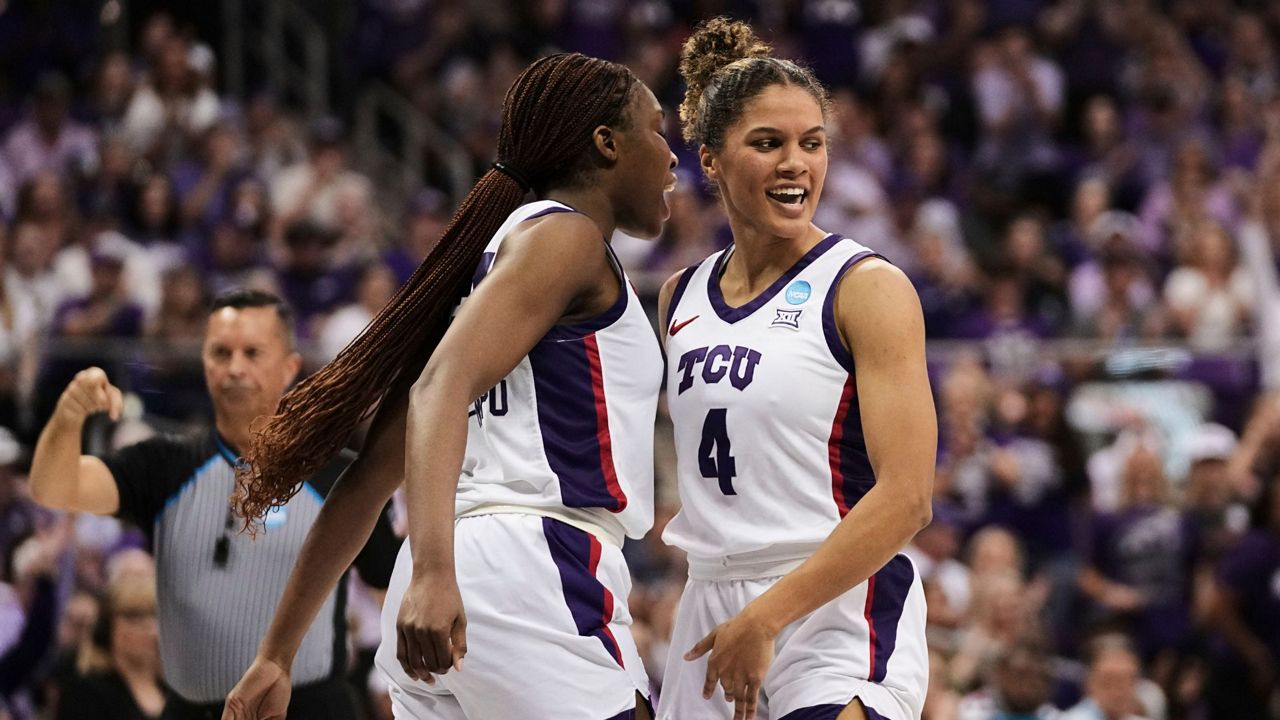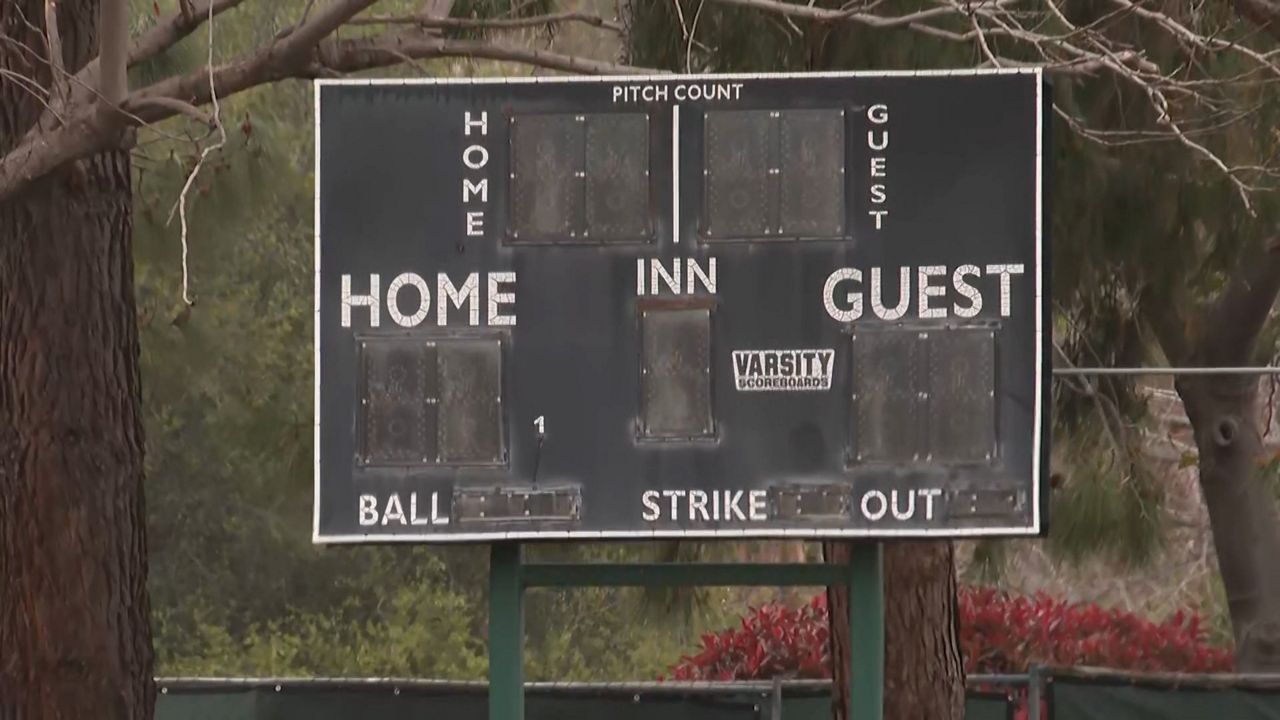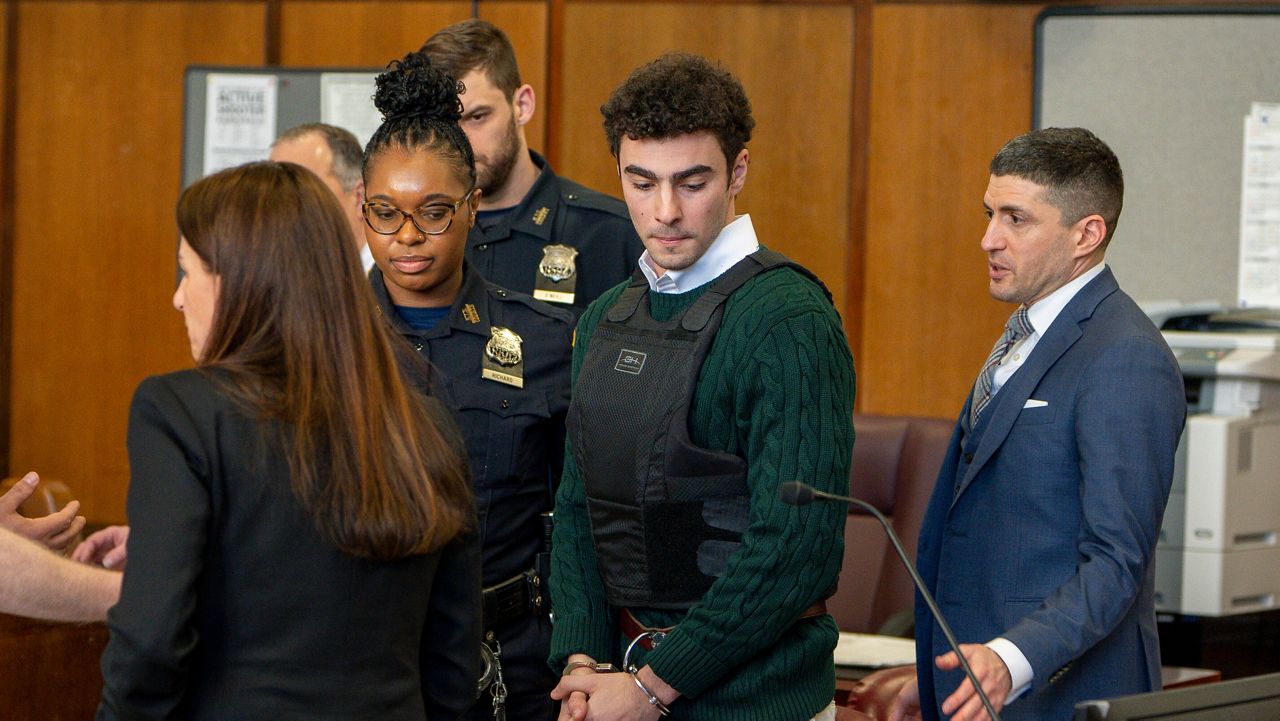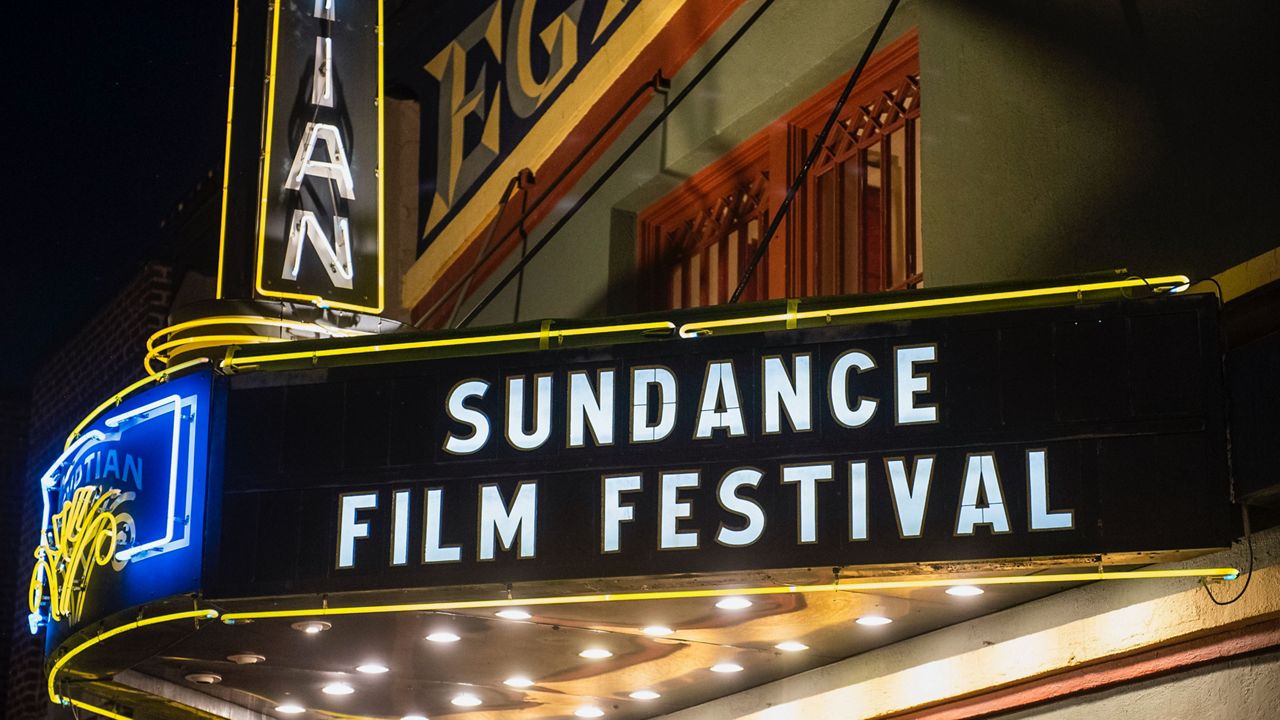“I feel like the luckiest person pretty much in the whole world,” Timothy Bovard gushed as he stood in a newly reopened wing at the Natural History Museum of Los Angeles County.
Bovard is certainly one of the lucky ones. He’s spent 40 years doing what he loves — taxidermy — a fascination that began when he was 10 years old.
“And I did my first, you know, roadkill skunk,” he said, quickly adding, “ and I had very tolerant parents, of course.”
That first project led to a lifetime spent among creatures big and small behind the scenes at the museum where he’s the denizen of dioramas. This new diorama hall has been closed since the 80s and used as storage or office space.
For decades, Bovard has been eager to throw open the doors. He was constantly told that the closure was temporary.
“They would regularly say to me, Tim, be ready,” he recalled. “Then, of course, time went on.”
Forty years, in fact, but now, it’s open, not just with a brand-new set of displays, but with a window into the history of dioramas — which museum director Lori Bettison-Varga says is rooted in conservation.
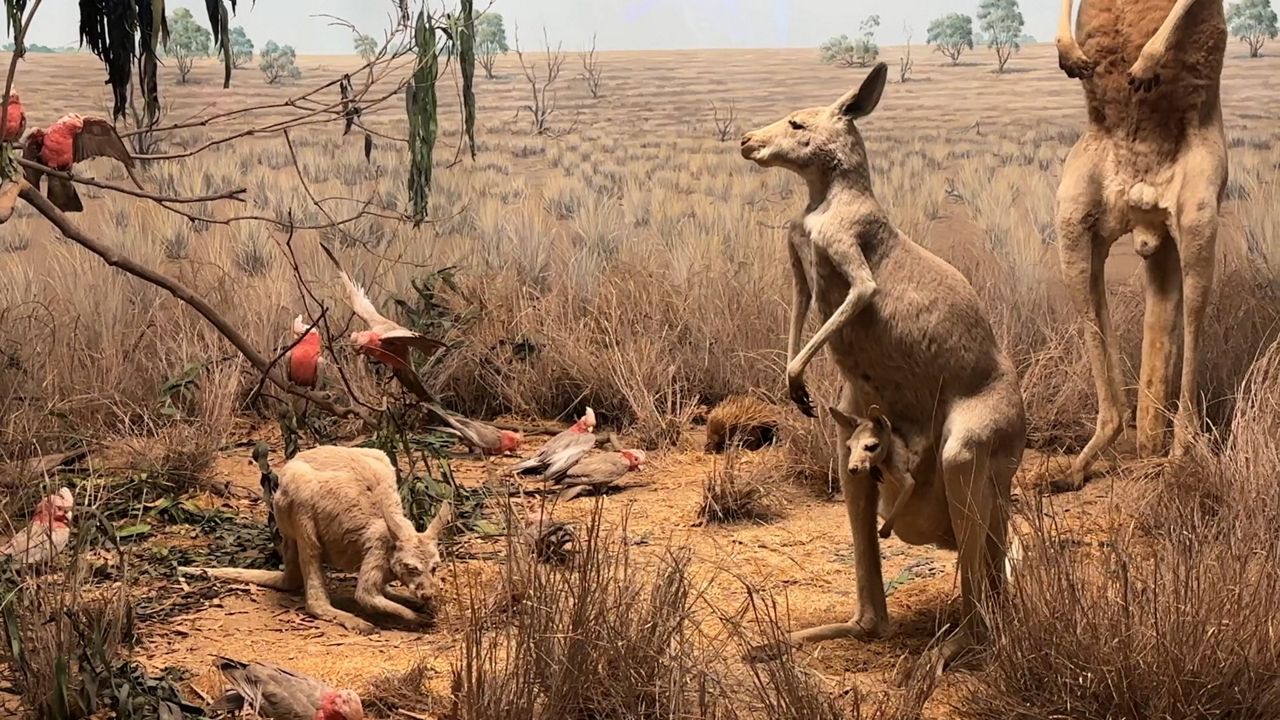
Many of the collected animals back in the day were on the verge of extinction.
“The opportunity to collect the last remaining specimens, to put them on view in a way that would engage the public in conservation, was pretty much at the heart of what they were trying to do,” she explained.
She admits it’s definitely not how they’d go about it today — especially since, at the time, there was no engagement with indigenous communities.
That history, warts and all, is on display in the newly opened Global Hall, and so is the story of what’s happened in the field since.
“We saw this as a place to really talk about global biodiversity loss,” she said. “Actually, places where there has been some good work done in conservation.”
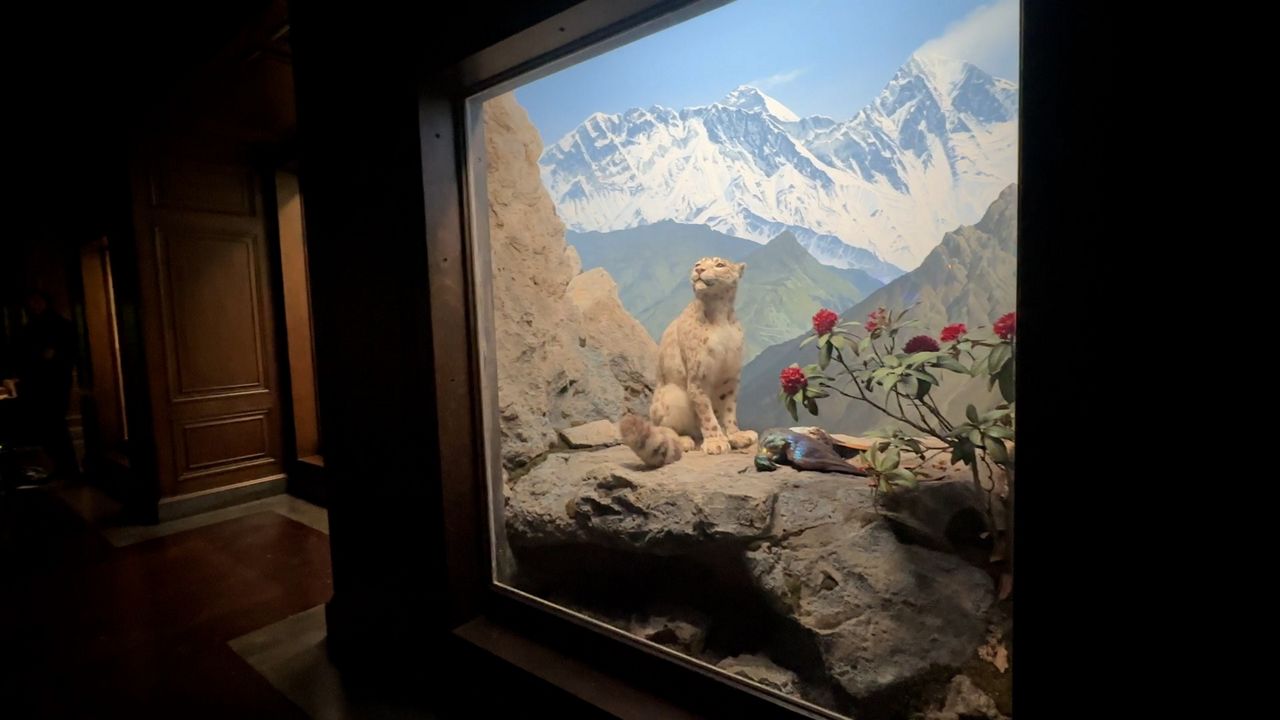
Dioramas are an art … certainly in the hands of someone as deft as Bovard, so it makes sense that a few of the cases also contain artists’ interpretations. Three installations will be on display here for the year as part of PST ART, a massive art event taking place across the Southland.
Artist Jason Chang, who goes by the name RFX1, remembers coming to the museum as a child.
“My parents definitely took me here a lot when I was a kid,” he said. “It’s the reason why I became obsessed with crystals, starting from preschool.”
With projection mapping, bold colors and lighting sequences, the piece he collaborated on, “Special Species: A Delicate Moment in Time,” veers away from the realism of traditional dioramas but maintains the same mission, featuring creatures that have been listed as rare or vulnerable, in need or protection.
“We were trying to educate people and bring awareness to environmental issues that are going on because of climate change and human impact on the environment,” he explained.
The PST ART dioramas will be displayed in the hall for a year, and Bettison-Varga says all three of them are “an amazing way to view nature and our place and human impact on nature.”
The theme of PST ART is Art and Science Collide, something she personally experiences in her work.
“I’m a scientist,” she stated. “I know that to be a scientist requires creativity. Art, obviously everyone knows, is a creative endeavor. So bringing these two creative ways of thinking together is spectacular.”
With the wing finally open, Bovard still isn’t ready to step away.
“It’s been a long run,” he said with a sigh, before immediately launching into how he’s already planning for what will go in the three spaces that currently hold artists’ interpretation.
In other words, he isn’t thinking about retiring, not while there’s still work to be done in the halls, he says, and in the world of conservation.
“The most important thing is saving habitat, right?” Bovard said with excitement. “If we save habitat, well, we’re all better off. The animals are better off, we’re better off if we can save habitat and keep it intact.”
It's using natural history to inspire the protection of our natural future.








